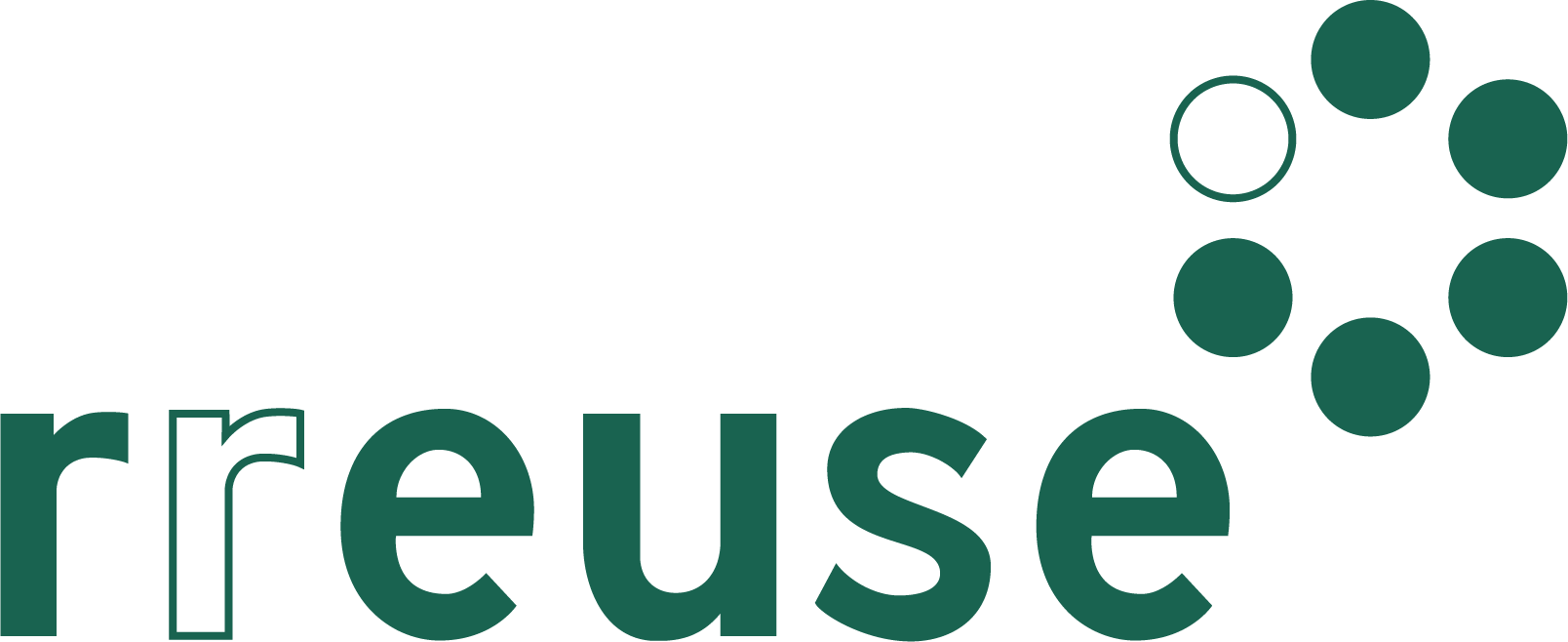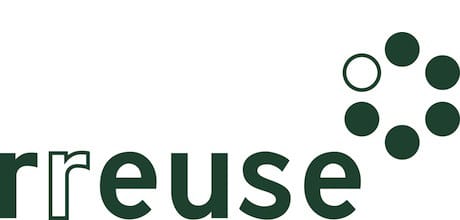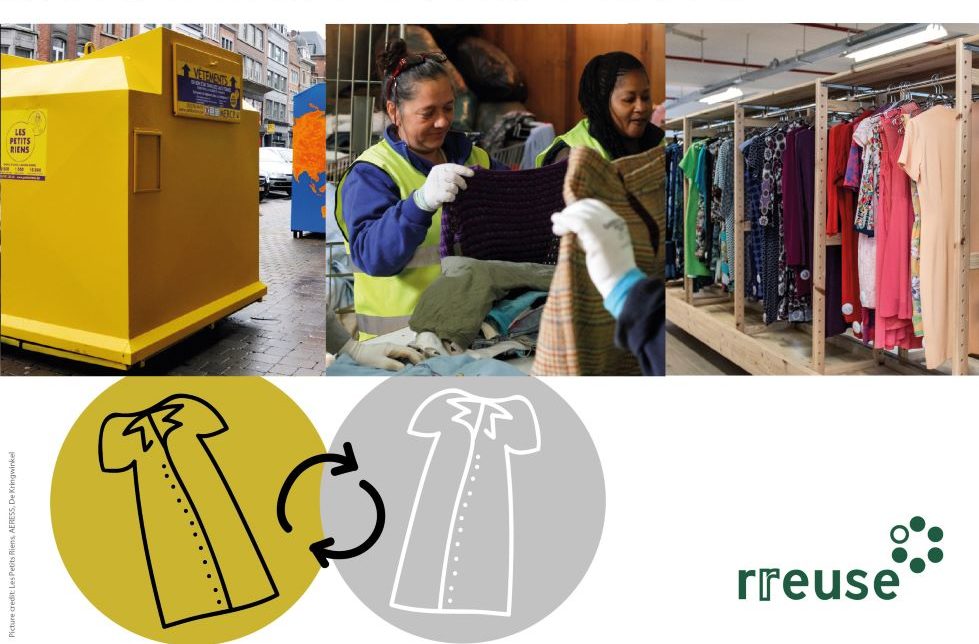Each EU citizen consumes a staggering 26 kg of textiles per year on average with the textile supply chain responsible for 15 % of primary raw material consumption of EU households[i]. The ‘fast fashion’ phenomenon shapes the way we consume clothes and has soared per capita sales[ii]. Overconsumption and insufficient regulation on circularity has led to increased volumes of low quality textiles, unfit for re-use let alone recycling.
With textiles
rightly rising as a key priority under the new European Commission[iii]
this document outlines RREUSE’s vision on how to achieve a more inclusive and
circular textile sector[iv]
that prioritises re-use and emphasises the role of social enterprises in the
value chain as part of the solution. This paper also provides a number of key
recommendations as to what specific actions the Commission should address when
developing policy initiatives for the sector.
Click here for the full vision (PDF)
Cliquez ici pour la version française (PDF)
Klicken Sie hier für deutsche Version (PDF)
Para la versión en Castellano hacer clic aquí (PDF)
[i] European Environment Agency (2019) Textiles in Europe’s circular economy – Available here; ‘Textiles’ includes clothing, footwear and household textiles (carpets, curtains, bedlinen, towels, etc.) ‘Textiles supply chain’ includes all activities in industrial and service sectors in the production and supply chain of textile products up to purchase by households. It excludes the use of textile products and end-of-life.
[ii] Ellen McArthur Foundation (2017) A New Textiles Economy: Redesigning Fashion’s Future – Available here
[iii] European Commission COM (2019) 640: The European Green Deal – Available here; Ursula von der Leyen (2019) A Union that strives for more: My agenda for Europe – Available here
[iv] This vision paper considers ‘textiles’ primarily as clothing, home textiles, work wear, shoes and accessories.


